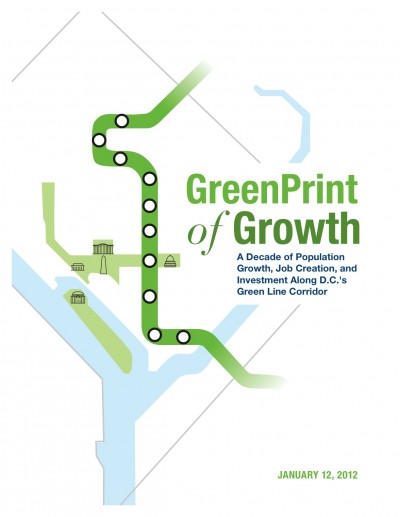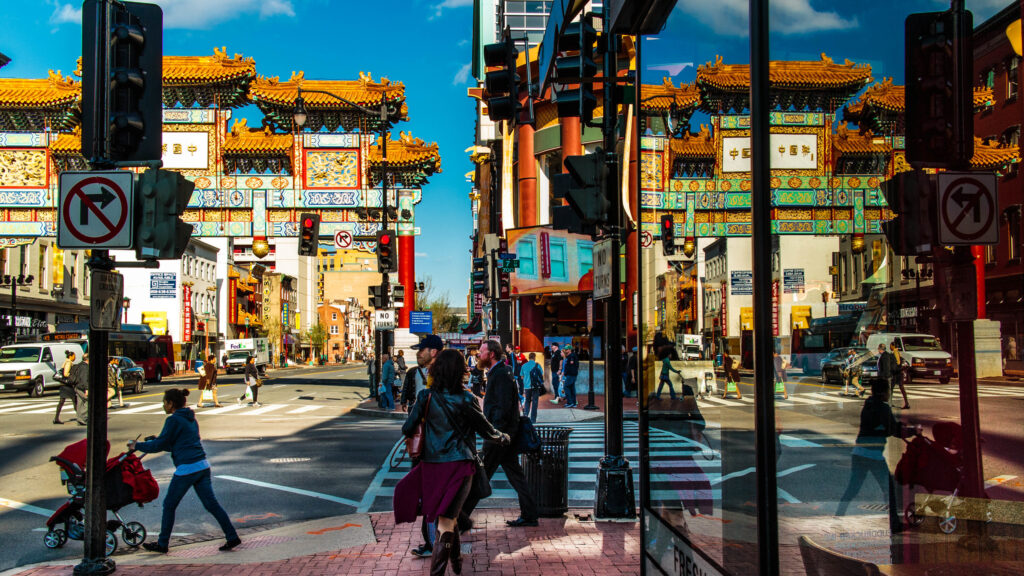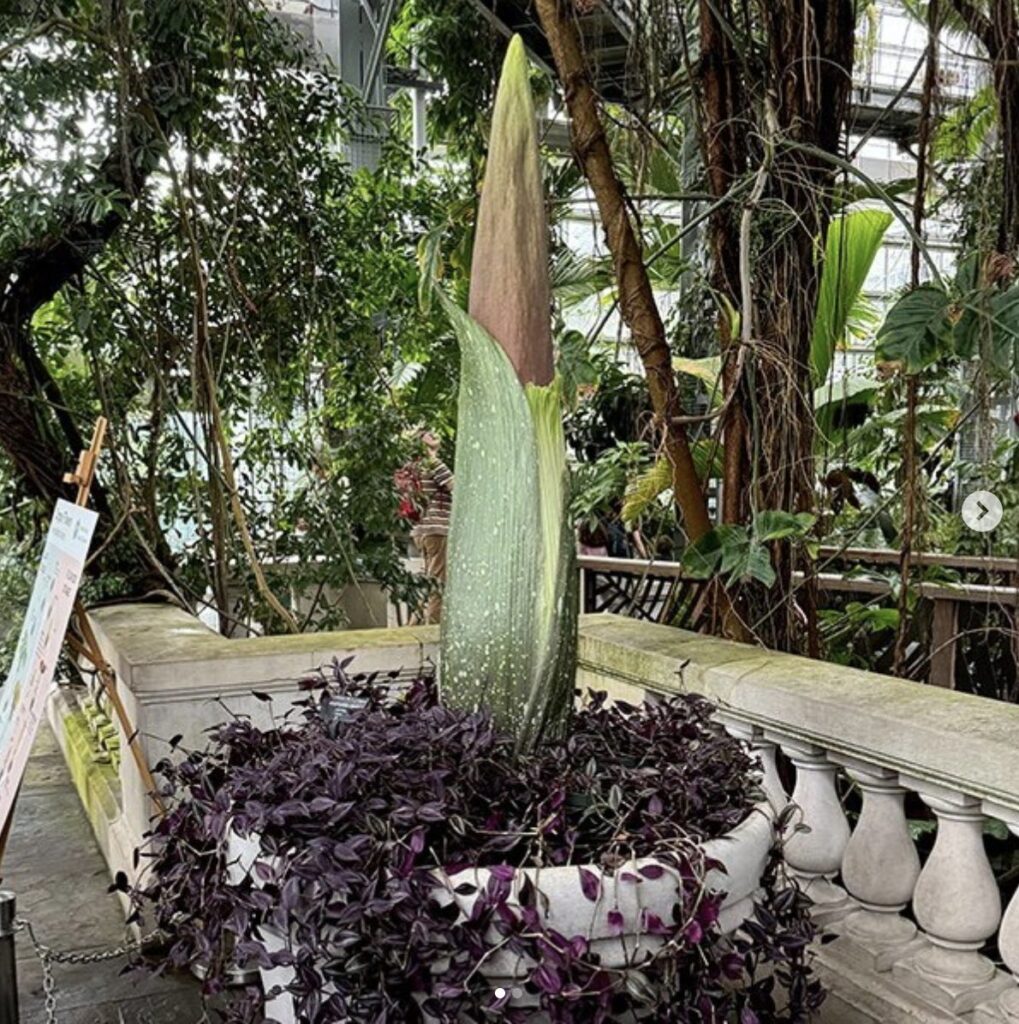
From the Capitol Riverfront BID:
Over the past decade, increasingly affluent young professionals and their employers have chosen to move into communities around Metro’s Green Line Corridor stations, a shift that remains below the radar of many real estate and economic observers, a new study released today reveals. The study, Greenprint of Growth: A Decade of Population Growth, Job Creation and Investment Along DC’s Green Line Corridor, sheds new light on the extent of changes taking place along the Green Line Corridor and their role in the District’s and regional economy.
“This study debunks conventional thinking about the neighborhoods along the Green Line. We knew anecdotally that change has been occurring along the corridor but we didn’t have the hard data to underscore what we were seeing until today. The results are dramatic, and demonstrate that the Green Line Corridor, and neighborhoods along that corridor such as the Capitol Riverfront, have caught up to and in some cases surpassed the traditional development corridors of NW DC along the Red Line and Northern Virginia’s Rosslyn-Ballston Corridor. The Green Line has become a desirable location and an economic engine for the District and the region creating a new spine of development that connects the city,” said Michael Stevens, Executive Director of The Capital Riverfront Business Improvement District, which commissioned the study.
The study was executed by RCLCO, a widely respected real estate advisory firm. Among the study’s findings:
The Green Line Corridor communities captured more young and affluent households in the 2000’s than the NW DC Red Line or the Rosslyn-Ballston Corridor.
Compared to the 1990’s, the Green Line Corridor captured nearly ten times as many young households in the 2000s.
The Green Line Corridor captured 32 percent—nearly one third—of all growth in 18-to-34-year-old households in the District during the last decade.
The study reveals new household incomes of new residents along the Green Line Corridor are as much as 50 percent higher than estimated by conventional data sources.
Stations along the Green Line Corridor are a magnet for high-paying private sector jobs. in the region, and are outcompeting areas in Northwest D.C. and Arlington County.· Green Line Corridor station neighborhoods are the future: new development projected within a quarter-mile of the Green Line Corridor study area could generate $2.32 billion in additional tax revenue and 19,000 permanent jobs over the next 20 years.
The study affirms that the Green Line Corridor is out in front of the District’s overall growth curve and can continue this growth into the next decade and beyond. The connection to the Green Line Corridor and its aforementioned competitive advantages, combined with its ample development capacity, position the Capitol Riverfront/Navy Yard as a “receiving zone” for this development energy. Specifically, the analysis conducted suggests that the Capitol Riverfront—given its Green Line access at the Navy Yard Station and its significant amount of development capacity—is among the most competitive locations in the region for households, companies, and retailers.
“We are witnessing the re-urbanizing of America. Younger households – those between 18 and 34 years old – are an important driver of this trend. In the D.C. region specifically, especially during the last decade, a large proportion of affluent, young professionals—along with their employers—moved into neighborhoods not only in urban neighborhoods or in the District itself, but specifically proximate to Green Line corridor. It’s a trend that can be expected to become even stronger in the future. The findings of this study suggest that the Capitol Riverfront and other Green Line Corridor neighborhoods have established themselves as economic engines over the past decade and are ripe for future investment,” said Shyam Kannan, a principal at RCLCO (Robert Charles Lesser & Co., LLC), who conducted the study.
Read the executive summary below:
Recent Stories

Photo by Clif Burns Ed. Note: If this was you, please email [email protected] so I can put you in touch with OP. “Dear PoPville, Hey – you stopped me while…

Unlike our competitors, Well-Paid Maids doesn’t clean your home with harsh chemicals. Instead, we handpick cleaning products rated “safest” by the Environmental Working Group, the leading rating organization regarding product safety.
The reason is threefold.
First, using safe cleaning products ensures toxic chemicals won’t leak into waterways or harm wildlife if disposed of improperly.

Looking for something campy, ridiculous and totally fun!? Then pitch your tents and grab your pokers and come to DC’s ONLY Drag Brunch Bingo hosted by Tara Hoot at Whitlow’s! Tickets are only $10 and you can add bottomless drinks and tasty entrees. This month we’re featuring performances by the amazing Venus Valhalla and Mari Con Carne!
Get your tickets and come celebrate the fact that the rapture didn’t happen during the eclipse, darlings! We can’t wait to see you on Sunday, April 21 at 12:30!
Frank’s Favorites
Come celebrate and bid farewell to Frank Albinder in his final concert as Music Director of the Washington Men’s Camerata featuring a special program of his most cherished pieces for men’s chorus with works by Ron Jeffers, Peter Schickele, Amy
Cinco de Mayo Weekend @ Bryant Street Market
SAVE THE DATE for Northeast DC’s favorite Cinco de Mayo celebration at Bryant Street NE and Bryant Street Market!
Cinco de Mayo Weekend Line up:
Friday, May 3:






